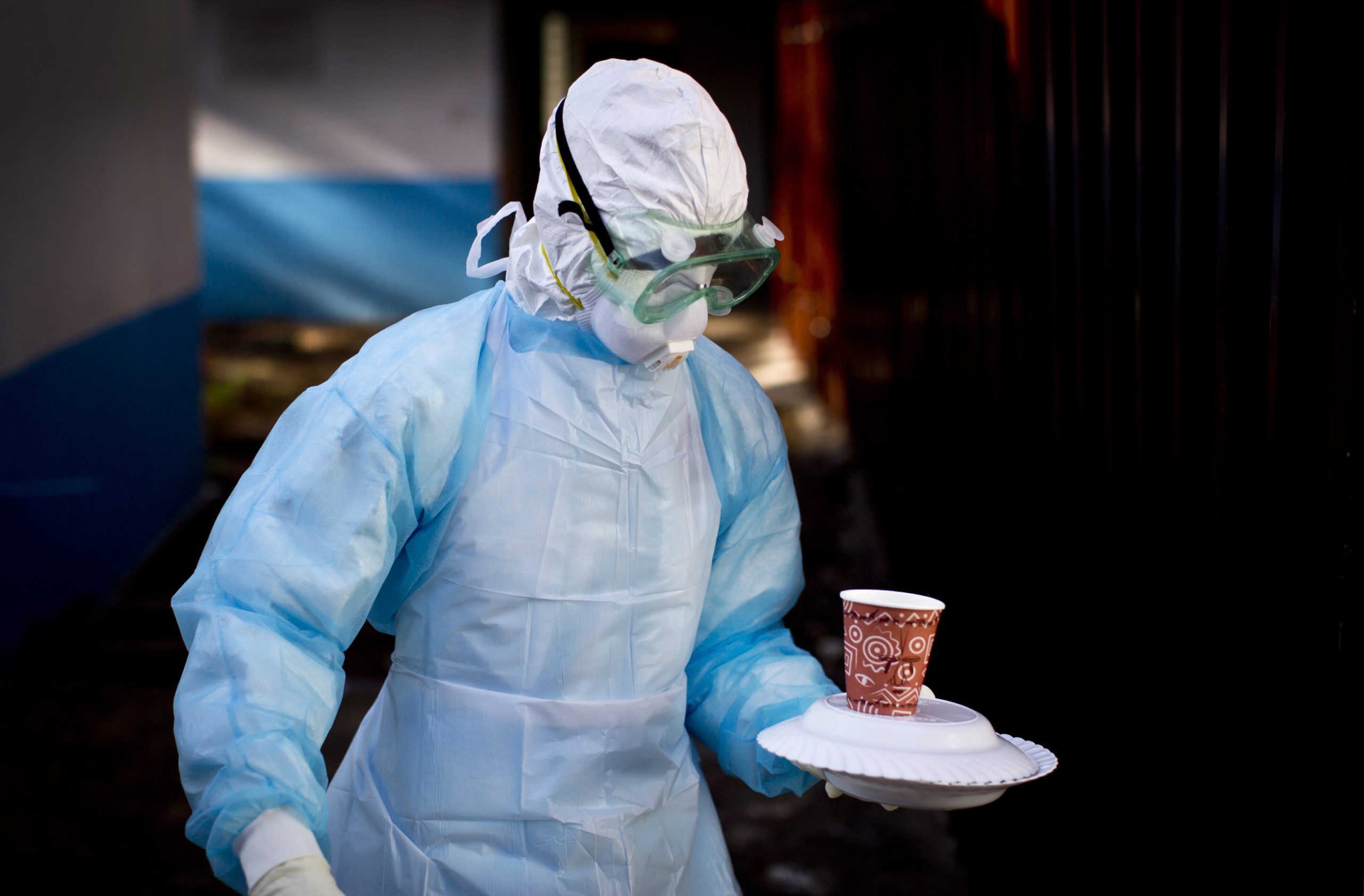
Glioblastoma (GBM) is the most lethal brain tumor, with a median survival rate of merely 12-16 months after diagnosis. Despite surgical, radiation and chemotherapy treatments, the two-year survival rate for GBM patients is less than 10%.
Two major challenges hinder effective GBM treatment:
- the limited penetration of anti-tumor drugs into GBM tissues because of the blood-brain-barrier;
- and the rapid development of resistance by GBM cells to almost all treatments.
Researchers with The Ohio State University Comprehensive Cancer Center–Arthur G. James and Richard J. Solove Research Institute are trying to resolve these two paramount issues to improve outcomes.
“In a major finding with our study, we discovered combining the brain-penetrating antipsychotic drug pimozide with a clinically investigative glutamine metabolism inhibitor, CB-839, can overcome tumor resistance and effectively suppress GBM growth,” said study lead author Deliang Guo, Ph.D., the founding director of the Center for Cancer Metabolism. Guo also is the Urban and Shelly Meyer Professor of Cancer Research with the OSUCCC—James Translational Therapeutics Program and a professor at The Ohio State University College of Medicine.
Study findings are published online in the journal Cell Reports Medicine.
The study involved both humans and mice. Researchers analyzed 223 glioma patient samples and identified the previously unknown connection between the glutamine transporter ASCT2 protein and a key lipogenic regulator, SREBP-1.
They used a preclinical mouse GBM model to validate this mechanistic link. They found that GBM cells increase glutamine consumption and lipid production at the same time to promote rapid tumor growth.
“Specifically, we have observed that pimozide effectively curbs the release of cholesterol and fatty acids from lipid droplets and lipoprotein via inhibition of lysosomal function,” Guo said. “These effects are expected to starve tumor cells of these crucial lipid building blocks. Nevertheless, pimozide treatment alone does not yield the desired efficacy against glioblastoma.”
The investigation found that GBM’s resistance to treatment with pimozide is attributed to its upregulation of glutamine uptake and consumption.
The research team believes that their findings will have a significant and lasting impact across many areas including cancer biology, metabolism, signaling transduction and treatment models.
“Our research provides compelling evidence for this innovative combination for glioblastoma treatment,” said study first author Yaogang Zhong, Ph.D., a researcher with the Department of Radiation Oncology and Center for Cancer Metabolism at OSUCCC-James. “This new strategy may also hold promise for treating other cancers that heavily rely on glutamine and lipids, broadening its potential impact beyond this deadly brain cancer.”
The study also involved Ohio State’s College of Pharmacy, Department of Biomedical Informatics and Translational Data Analytics Institute, along with University of Louisville and University Clermont Auvergne in France.
More information:
Yaogang Zhong et al, Combinatorial targeting of glutamine metabolism and lysosomal-based lipid metabolism effectively suppresses glioblastoma, Cell Reports Medicine (2024). DOI: 10.1016/j.xcrm.2024.101706
Citation:
Study explores novel therapeutic treatment for glioblastoma (2024, October 7)
retrieved 8 October 2024
from https://medicalxpress.com/news/2024-10-explores-therapeutic-treatment-glioblastoma.html
This document is subject to copyright. Apart from any fair dealing for the purpose of private study or research, no
part may be reproduced without the written permission. The content is provided for information purposes only.


